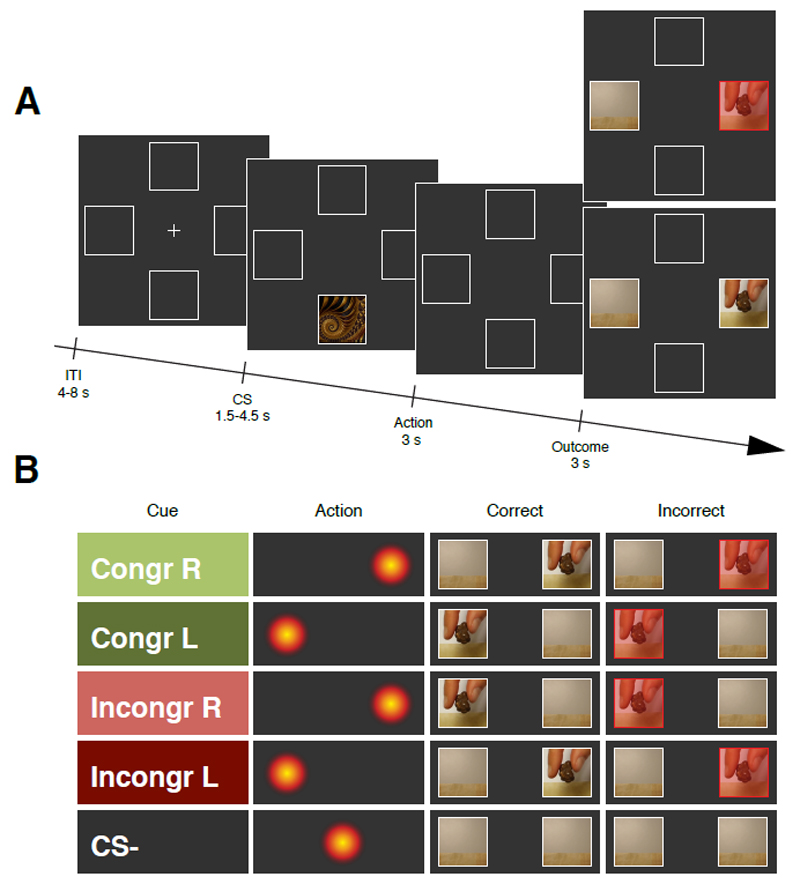Figure 5. Illustration of the sequence of events within a trial for Experiment 3.
A, at the beginning of the trial a cue was presented randomly in the upper or the lower portion of the screen for 1.5 – 4.5 s (uniformly distributed). Based on this cue participants were asked to look either to the left or the right side of the screen during 3 s to win a piece of their favourite snack. Then a video of the snack delivery was displayed either on the right or on the left side of the screen. If the participants looked on the correct side of the screen during the action screen the video was normally displayed, whereas if the participants looked on the incorrect side of the action screen the video was displayed behind a transparent red squared indicating that no snack was successfully collected during that trial. The ITI lasted for 4 – 8 s (uniformly distributed). Participants were told that for each cue there was a correct gaze action to be performed to obtain the snack. At the end of each session they received the snacks that were successfully delivered during the task to be consumed. B, Each trial involved three kinds of cues: (1) the congruent cues (either left or right: Congr L and Congr R) where participants had to look on the same side where the video was going to be displayed to obtain the snack (2) the incongruent cues (either left or right: Incongr L and Incongr R) where participants had to look on the opposite side as where the video was going to be displayed to obtain the snack and (3) the CS- cue where participants were not required to do any specific action.

